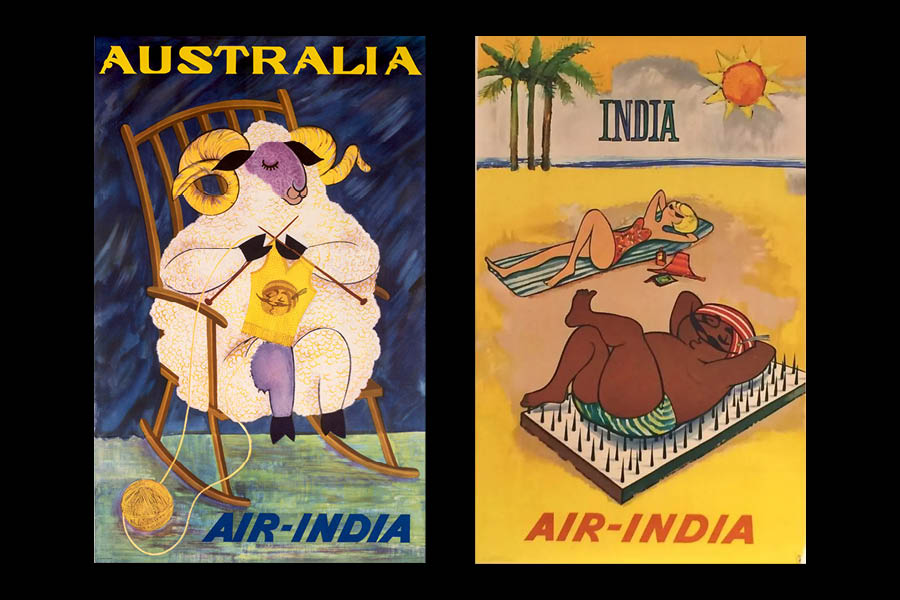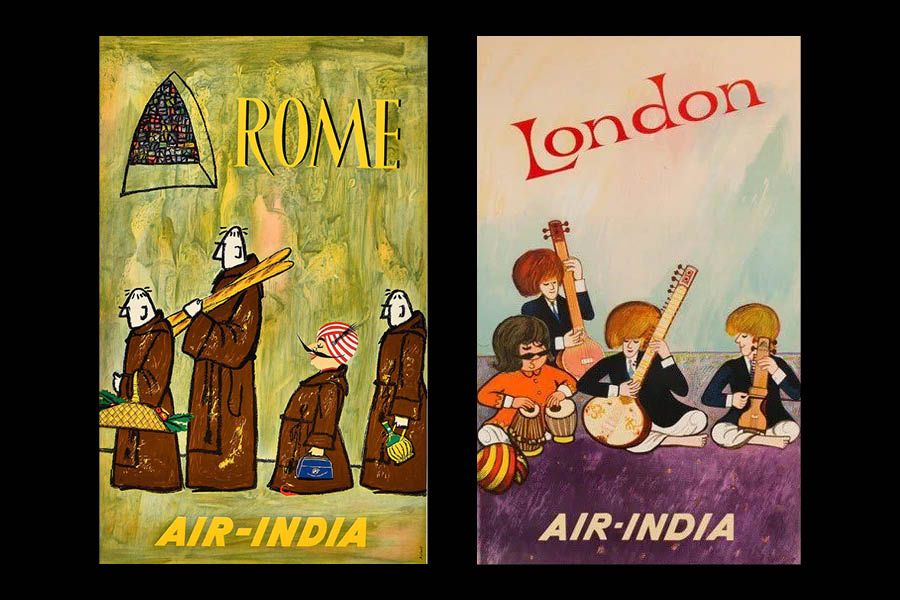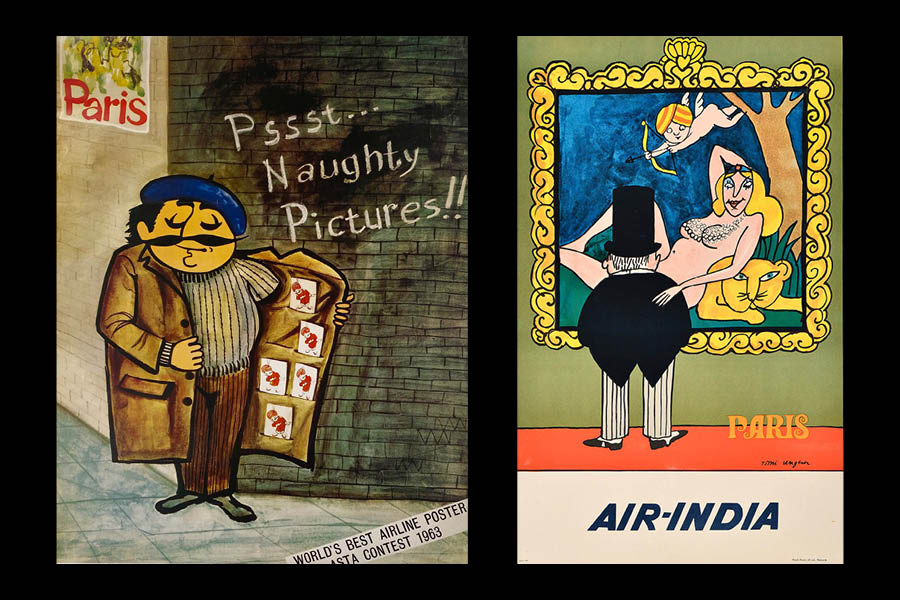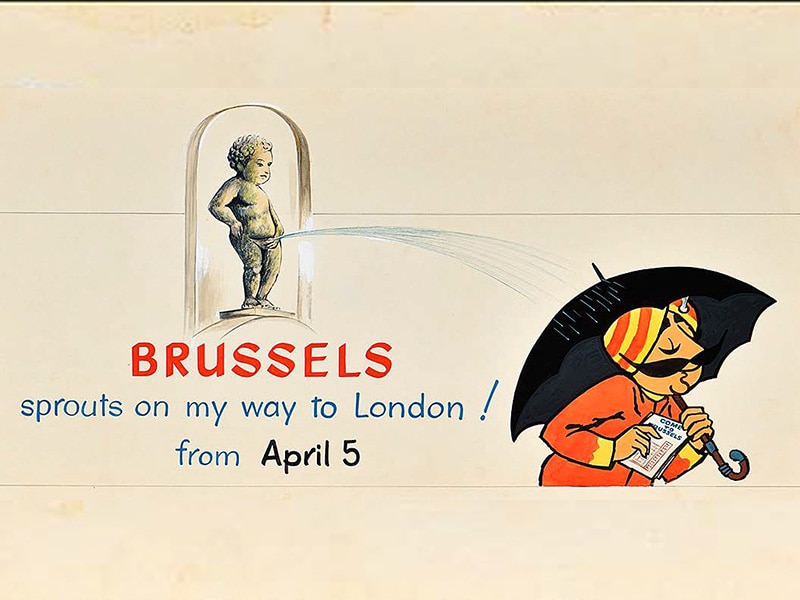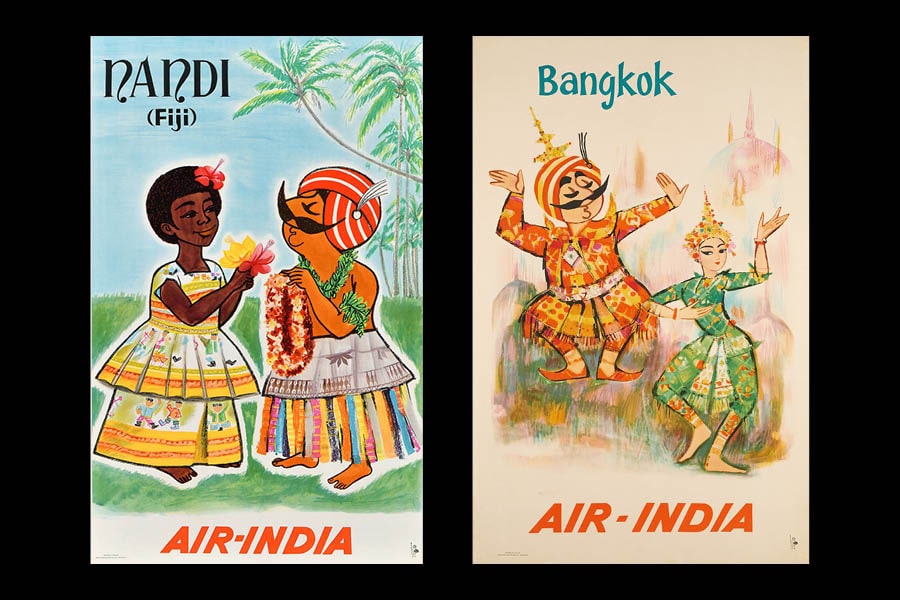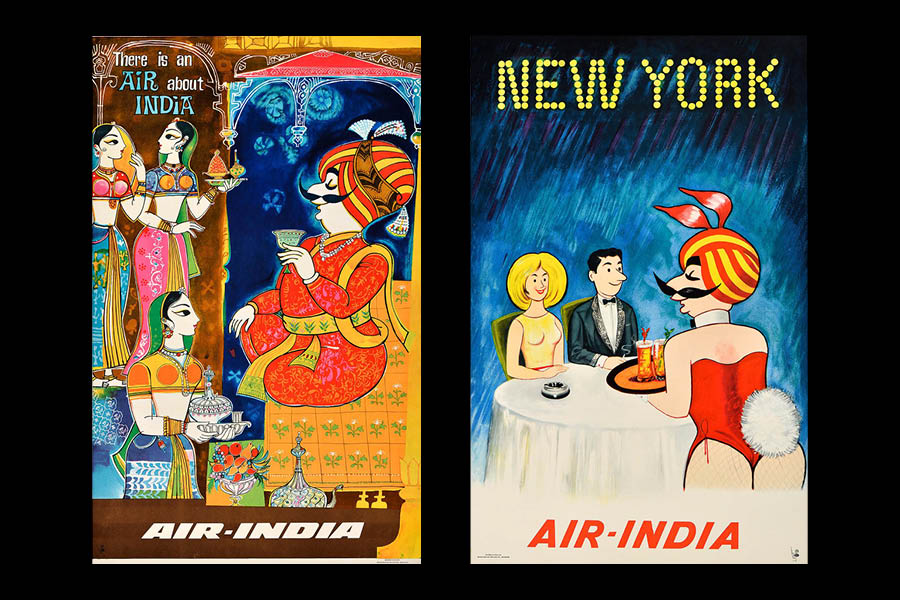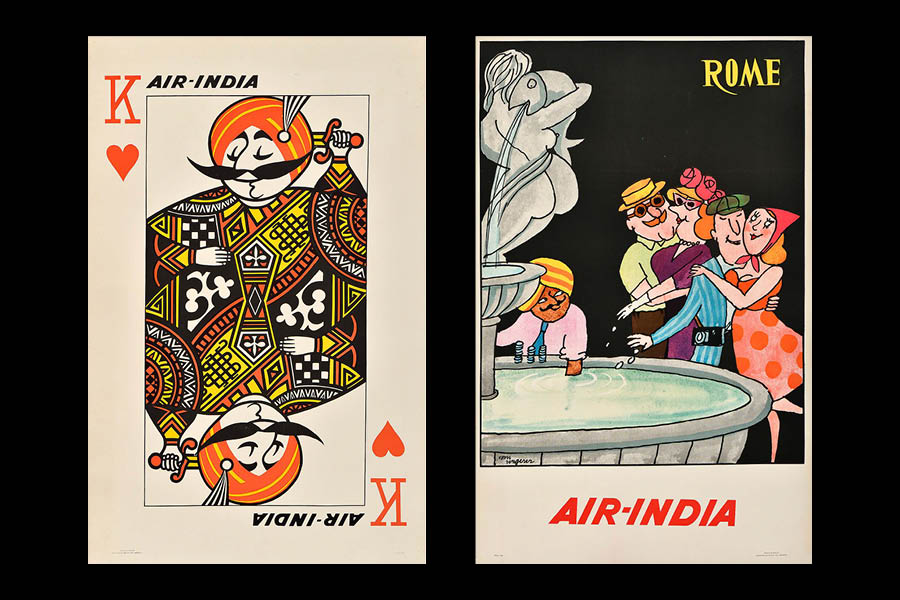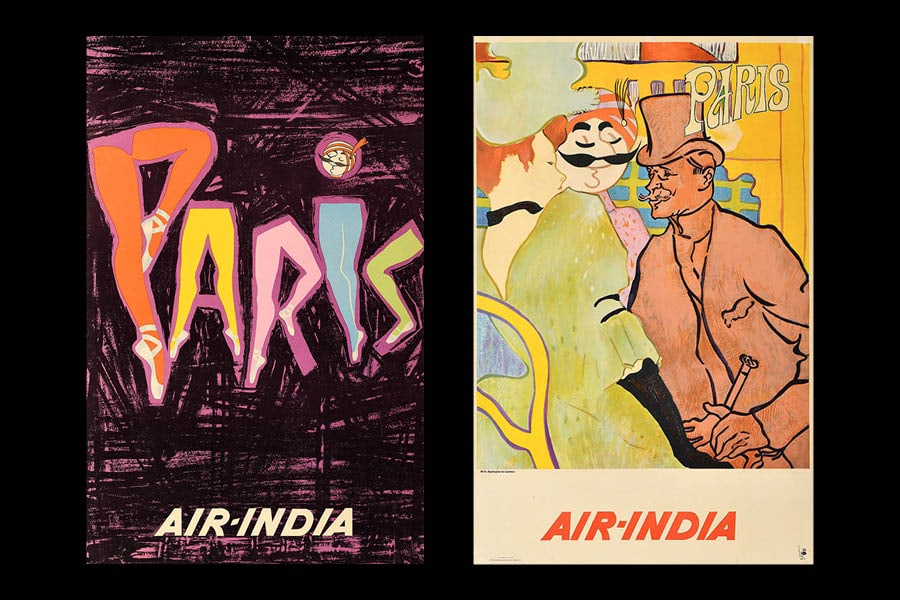
Air India Maharaja: A mascot showed his witty, playful side, and we loved it
Only a suave, swashbuckling aviator like JRD Tata, also chairman of Tata Airlines, could have approved the ad-man Bobby Kooka's brilliant tongue-in-cheek advertising icons and seen it through to print. And we are grateful for that, as Air India's Maharaja might be stepping back from its role as the mascot and assuming a new position
Reports suggest that Maharaja's reign as Air India's iconic mascot could face an uncertain future as the airline undergoes a makeover under its new owner, the Tata Group. As a part of this rebranding exercise, the mascot, which has been associated with the airline since 1946, might be stepping back from its role as the mascot and assuming a new position.
Founded in 1932 by businessman and aviation pioneer JRD Tata, Air India grew into the flagship international airline of India by 1948—just a year after India's independence. Conceived in 1946 by Air India's Commercial Director Bobby Kooka, the airline's art director and publicity chief Jal Cowasji, and illustrated by Umesh Rao, an artist at the Bombay-based ad agency J Walter Thompson, the Maharaja was initially designed for an inflight memo pad. The airline's potbellied, beloved mascot became an instantly recognisable non-western global icon with his curling and oversized moustache that offset a striped turban, and a closed-eye serene expression evoked a placid lake.
But that was just a foil for the daring, irreverent figure the Maharaja actually was, adopting different guises at the hottest destinations in the world and caught in hilarious, often bizarre, sometimes bawdy situations. "And most importantly, he can get away with it all. Simply because he is the Maharaja," Kooka once explained.
These posters took a stereotype about India—the Maharaja, a uniquely Indian symbol of both luxury and hospitality—and turned it on its head, with satire and visual shock value, in an era now recognised as the golden age of advertising in India. The provocative posters were initially created by a team of designers in Air India's in-house art studio and, through the decades, were also commissioned out to international artists and designers, expanding its visual vocabulary. These works were featured in Rogue's Gallery, a catalogue published by Air India in 1977, showcasing the airline's most iconic travel posters produced between 1946 to 1972. Featured here are a few cheeky ones that even irked politicians too.
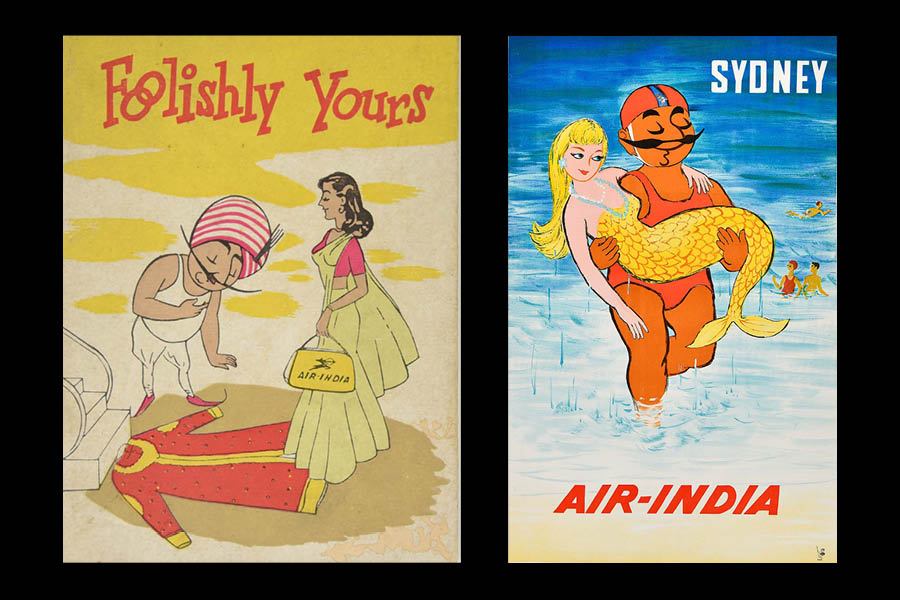 Image courtesy: Poster House and Kapoor Galleries
Image courtesy: Poster House and Kapoor Galleries
The ever-chivalrous Maharaja lays down his jacket to welcome a pretty passenger. And rescues a mermaid from the sea at Sydney.



